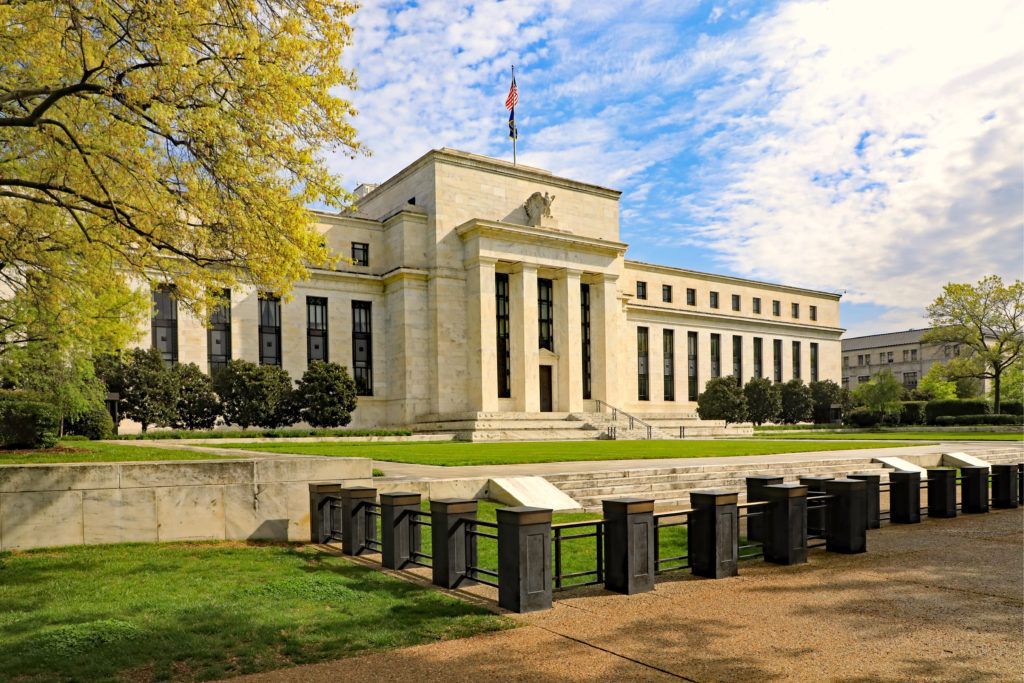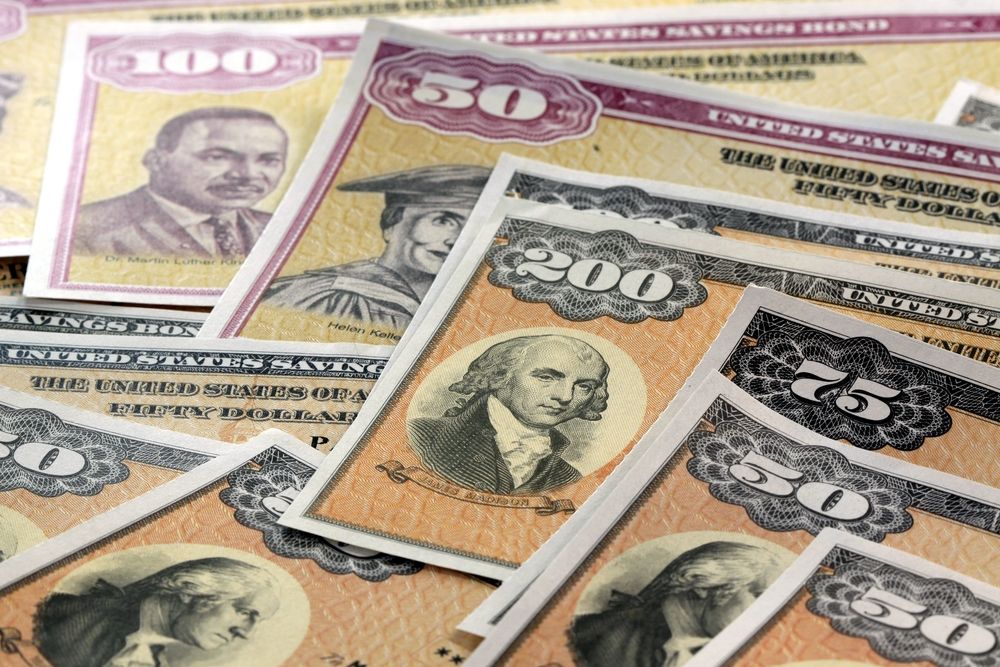‘What goes around comes around,’ is a cliche clearly applicable to the current financial markets. Recently released minutes of a meeting of the Federal Reserve indicate that an economic recession is on the horizon and it may be time to pay the piper.
The minutes detail the conclusions from the meeting held from April 30-May 1 suggest that the economy may be in danger. The potential for an economic recession may well be related to the policy which helped shorten the last. referred to as ‘Operation Twist.’

Federal Reserve: Operation Twist (And Shout)
Operation Twist created the Fed policy of using the profits from sales of short term Treasury bonds to buy long term bonds. The ‘twist’ was that the government was buying its own paper — a sort of Mobius Strip of financial confusion. Of course, the policy inserted massive amounts of funds into the market. By buying its own paper, the Fed was able to essentially inject funds without simply ‘printing’ it, but the effect was the same. That effect was seen in the dramatic decline in yields for long term bonds. As demand was artificially increased, the yield was artificially crushed. As those long term bonds begin to reach maturity, the destroyed yields may cause the next economic recession. According to the minutes:“Treasury yields declined over the period, adding to their substantial drop since September, and the expected path of the federal funds rate as implied by futures prices shifted down as well.”

Economic Recession Pressure
The last ten years of solid economic growth has made the events of the last economic recession something of a myth. Currently, younger investors have not seen the dramatic downturn that the last crop experienced. However, as the yields on long term Treasury bonds continue to decline, the market will continue to feel the pressure. Declining yields reduce current investment. The loss becomes a shortfall for federal funds, leading to recessionary pressure. The meeting minutes note:“Reserve balances declined by $150 billion over the inter-meeting period and reached a low point of just below $1.5 trillion on April 23. The decline in reserves stemmed from a reduction in the SOMA’s agency MBS and Treasury holdings of $46 billion, reducing the SOMA portfolio to $3.92 trillion.”

Bitcoin Fights Back
The recent minutes make clear the Fed’s position on policies like Quantitative Easing, which seem positive for the time being but could have serious impacts. Simply pushing those impacts on to the next generation through lending isn’t a true solution. A movement away from centralized policies toward decentralization may be the best bet. Satoshi Nakamoto saw the handwriting on the wall with these policies and answered by creating a decentralized solution through Bitcoin, knowing full well the negative impacts that these federal policies could have. Do you think Bitcoin is the answer for the Fed policies of Quantitative Easing, or will the economy recover and deal with the impacts of the Treasury bond yields? Let us know your thoughts in the comments below.
Top crypto platforms in the US
Disclaimer
In adherence to the Trust Project guidelines, BeInCrypto is committed to unbiased, transparent reporting. This news article aims to provide accurate, timely information. However, readers are advised to verify facts independently and consult with a professional before making any decisions based on this content. Please note that our Terms and Conditions, Privacy Policy, and Disclaimers have been updated.

Jon Buck
With a background in science and writing, Jon's cryptophile days started in 2011 when he first heard about Bitcoin. Since then he's been learning, investing, and writing about cryptocurrencies and blockchain technology for some of the biggest publications and ICOs in the industry. After a brief stint in India, he and his family live in southern CA.
With a background in science and writing, Jon's cryptophile days started in 2011 when he first heard about Bitcoin. Since then he's been learning, investing, and writing about cryptocurrencies and blockchain technology for some of the biggest publications and ICOs in the industry. After a brief stint in India, he and his family live in southern CA.
READ FULL BIO
Sponsored
Sponsored

